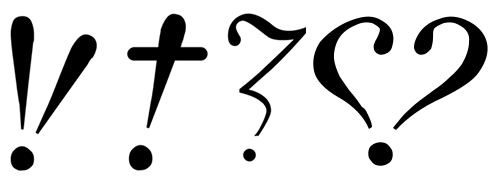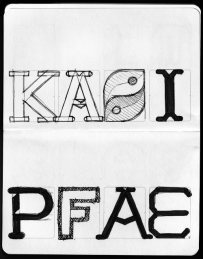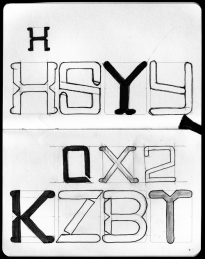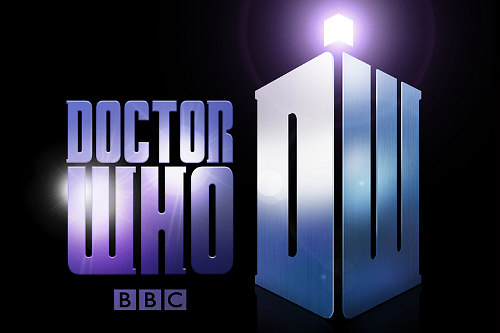
I was lucky enough to see Bruno Maag talk at the Millenium Centre last year at a Cardiff Design Festival talk. He was interesting, entertaining, and although he was mainly talking about the challenges of designing non-western type, he still managed to get a little dig in about Helvetica. In this video he goes into more length on the subject of Helvetica’s general unworthiness:
As someone who is still newly interested in type design, it’s inspirational to hear someone talk so passionately on the differences between what are to the untrained eye, almost identical copies of each other. And with all this Helvetica bashing, presumably he’s been told more than once to ‘put up or shut up’. So he has.
 Aktiv Grotesk is a new font family designed to replace Helvetica entirely (for the sum of £222.77). Creative Review has a great interview with Bruno Maag with some interesting theories on how the inferior Swiss font became so popular anyway:
Aktiv Grotesk is a new font family designed to replace Helvetica entirely (for the sum of £222.77). Creative Review has a great interview with Bruno Maag with some interesting theories on how the inferior Swiss font became so popular anyway:
People just use Helvetica because they have heard of it, it’s on everyone’s computer and everyone else uses it.
The Ubuntu Font

When Canonical unveiled Ubuntu’s branding overhaul and new desktop theme earlier this year, the company also revealed that it had commissioned well-known type foundry Dalton Maag to design a new font specifically for Ubuntu. The font will likely be used by default in Ubuntu 10.10, which is scheduled for release in October.
(via Ars Technica)
This is even better news though – a high quality open source typeface, built to suit the new Ubuntu branding also created by Dalton Maag. As you would expect from an open source project, the font is currently in beta and has just been opened for ‘bug testing’ on the Canonical Design blog.
I hope both parties here can learn some lessons. The open source movement really needs to learn the value of good visual design, and if Dalton Maag are serious about wiping Helvetica off the face of the planet, they could certainly make use of the FOSS model for distributing Aktiv Grotesk. I can’t think of a quicker way of getting it onto everyone’s computer.
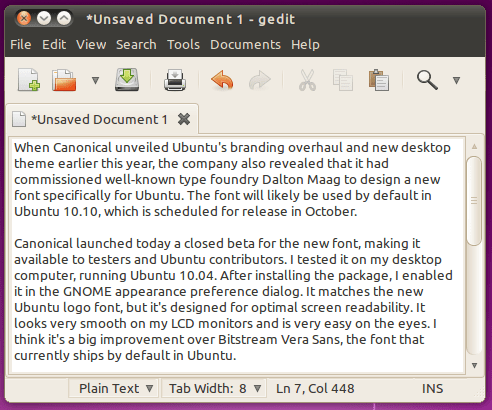
Continue reading →

